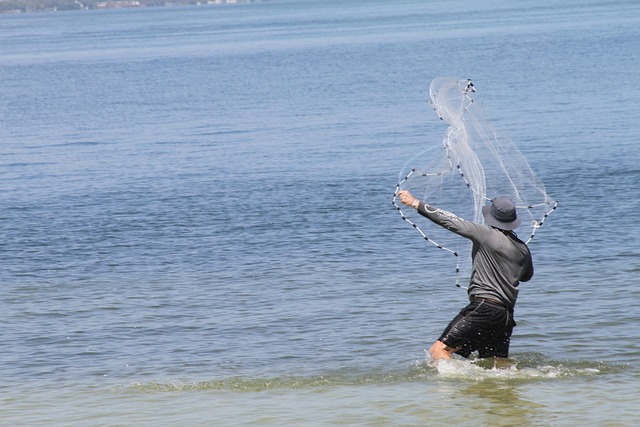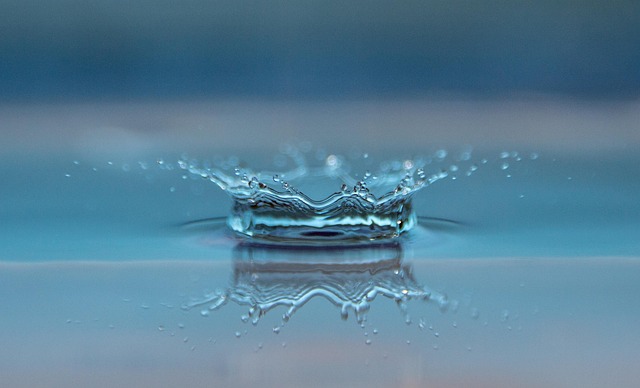Sculpture has always been a profound expression of human creativity, a medium where raw materials are transformed into evocative forms that resonate with our deepest feelings. Within the realm of sculpture design, the technique of casting stands out as both a science and an art. It invites artists to not only mold materials but to imbue them with emotion, breathing life into objects that can speak volumes.
At its core, casting is a fascinating process that allows sculptors to replicate their initial designs with precision and artistry. This method begins with the creation of a model, often rendered in clay, wax, or some other malleable material. This model serves as the heart and soul of the sculpture, a tangible representation of the artist’s vision. As the artist moves forward, they create a mold, typically made of plaster, silicone, or metal. This mold captures every detail, every nuance, echoing the intent of the original creation.
The beauty of casting lies in its ability to transcend the limitations of the original medium. For example, a clay model can transform into a magnificent bronze sculpture, experiencing a metamorphosis that echoes the journey of life itself. Each casting process carries the potential for imperfection and uniqueness, as slight variations can lead to unexpected beauty. Artists often embrace these nuances, allowing their sculptures to carry the weight of their history and the stories they tell.
The choice of material in casting is critical. Each medium offers distinct characteristics that affect the texture, weight, and visual appeal of the final piece. Bronze, for instance, is celebrated for its durability and timelessness, often used for public monuments and significant artworks. Conversely, resin casting allows for vibrant colors and detailed finishes, appealing to contemporary artists striving for bold statements. The artist’s choice reflects not only their aesthetic preferences but also their connection to the themes they wish to explore.
In the design phase, it’s essential for artists to visualize how their sculpture will interact with its environment. The placement of a piece can alter its perception entirely. A towering sculpture amidst nature can evoke feelings of awe, while a delicate piece displayed indoors may invite contemplation and intimacy. Understanding the relationship between the piece and its setting is crucial, as it informs the casting process, ensuring that every angle and surface works harmoniously together.
Moreover, the journey of mastering casting in sculpture design is also about experimentation and learning. Every failed attempt teaches valuable lessons, leading to deeper understanding and refined skills. Artists often find inspiration in the unexpected results that emerge from casting, embracing the unpredictability of the medium. This process nurtures creativity, allowing sculptors to evolve and redefine their artistic voice with each piece they create.
Ultimately, the art of casting in sculpture design is not solely about replicating forms; it’s about unleashing the artist’s emotions and connecting with an audience on a profound level. Each sculpture has the potential to inspire, provoke thought, and evoke feelings. By mastering the technical and artistic aspects of casting, sculptors breathe life into their creations, allowing them to transcend mere objects and become powerful symbols of expression. In this way, casting serves as a bridge between the artist’s vision and the world, making the art of sculpture both timeless and deeply personal.




